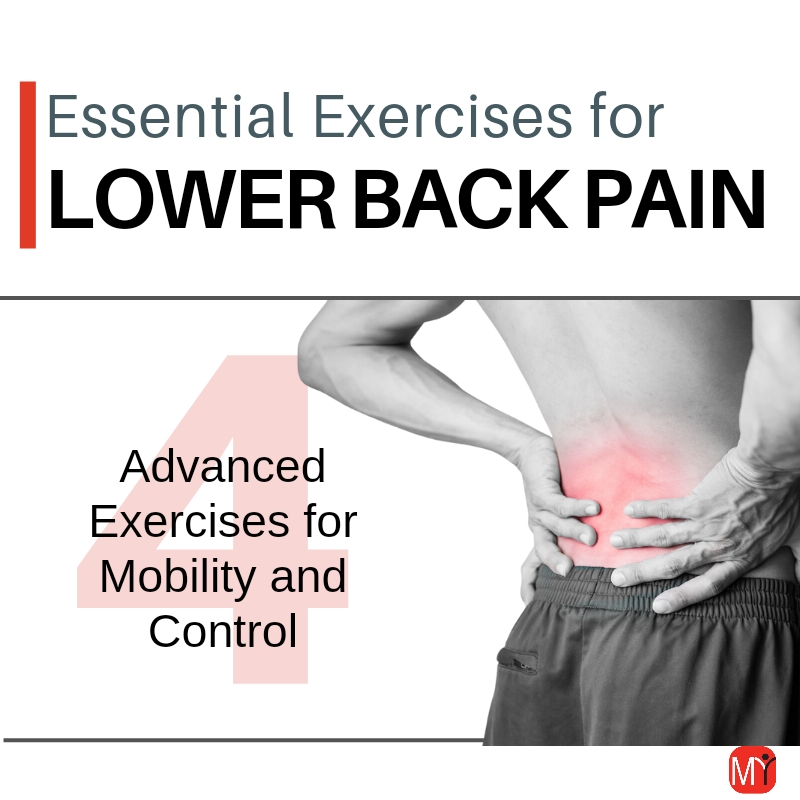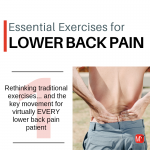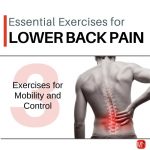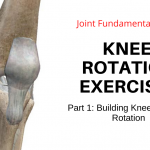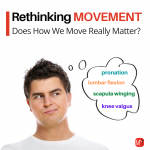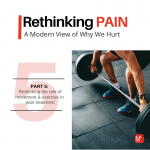We’ve been talking about essential exercises for lower back pain. We started by reviewing essential exercises for acute low back pain. The goal here was to use focused movements as a way to control symptoms and desensitize the system.
Then in Part 3 we shifted our discussion to exercises for more general back pain. These are the patients where “things just don’t work right”. Developing baseline flexibility and motor control of the lumbar spine was the critical focus here.
But as powerful and effective as these initial starting exercises are they are only the starting point. To be effective we need to ensure there is carry-over from our rehab exercises to real-life activities. And just performing floor exercises is not enough for this. We also need to develop control in the positions and postures that we need in life.
This means progressing to standing/weight bearing postures.
We must connect the exercises to real-life activities
Transitioning to more weight bearing postures does create more tissue load. So we do see a mechanical progression in effect here. But more importantly, these standing progressions create a greater control challenge for the CNS. It is a more complicated task as the brain now has to maintain upright posture.
And now we can start to see how these aren’t just silly little exercises to do on the floor. We are progressing towards the bigger goal of training the nervous system to be able to exert focused and independent control and coordination of the spine during real-life activities like walking and lifting.
Let’s take a look at how to do this.
The Exercises
Standing Lunge Pelvic Tilt (Hip Extension Integration/Mobilization)
The first progression to discuss is performed from a modified standing lunge position. Not only does this involve transitioning to an upright posture as discussed above, but also serves to improve hip extension, which is a critical motion that is often limited in back pain patients.
But to be effective, proper form is absolutely critical. And almost every back pain patient struggles with this. In fact, I am continually amazed at how patients can be fluent and proficient with pelvic tilts performed in a supine or quadruped posture but then struggle tremendously when asked to perform these from a weight-bearing position.
Clearly this is a major issue. If the nervous system cannot properly control the spine here how can we expect it to do so in more complicate tasks like walking or other real-life activities?
The biggest error is leaning back with the upper body. This is a movement substitution where the body is trying to pull the front of the pelvis up by leaning the upper body back instead of using the abdominal muscles to tilt the pelvis posteriorly. This strategy essentially bypasses the abdominal muscles and creates excessive extension through the lumbar spine. When this strategy is seen, blocking the upper body can be helpful to ensure proper form and help the patient learn the proper motion (see video below).
Another error to watch out for is excessive tension in the gluteal group. This is another motor strategy seen in patients who have trouble controlling the abdominals. If this strategy is seen here it will also carry over into more complex movements such as walking. So identifying and correcting these errors is critical to establish proper control of the lumbar spine in these weight bearing postures.
Ensuring Optimal Form
Here is the video that utilizes blocking of the upper body. The idea here is that the roller will fall if the upper body leans back during the movement. This helps to provide feedback as the the successful (or unsuccessful) execution of the motion.
Forward Bent Pelvic Tilt (Posterior Chain Integration/Mobilization)
Pelvic tilts performed from a forward bent position is another critical progression. This ties the concept of lumbar spine control to activities like lifting and forward bending.
Initially this exercise is performed with the arms supporting the upper body on a stool or chair. This minimizes the stress on the lumbar spine and keeps the initial focus on developing control of the movement.
From this posture there is also more tension through the posterior chain. So this progression not only creates an additional control challenge for the lumbar spine, but also serves to mobilize the posterior hips and hamstrings, which are critical areas often limited in back pain patients.
Exercise Programming
To be effective we need to be deliberate not just with what we are doing, but also when. To make changes in how the body works we need to provide a regular and frequent stimulus to promote these adaptations.
The key here is developing a focused movement routine that can be repeated 1-2x / day. (I tell patients once for sure.That’s non-negotiable. Those are your “daily’s”. But twice would be better and result in faster gains).
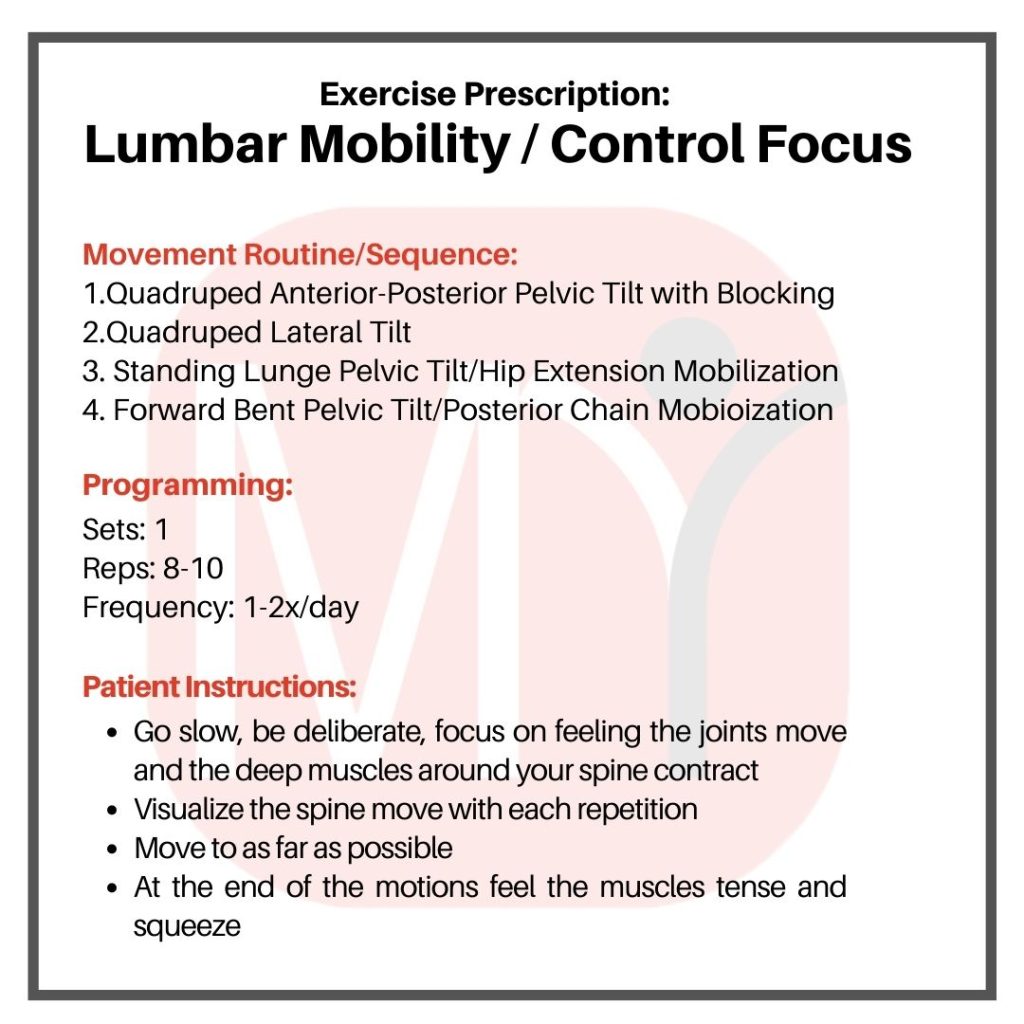
Make Exercise Prescription Easier with MRC
As simple as these exercises are there is a lot of information that goes with them. Form is critical. And so is an understanding of what we need to feel and focus on during the movements. Of course reviewing this directly with your patient is necessary, but providing a means for your patient to reference this information and the proper execution of the exercises from home is also critical.
To help with this all of these exercises are part of the My Rehab Connection library. (The instructional videos used here are the videos from the exercise library.) So you can easily prescribe these to your patients and give them easy home access through our free app or from a web browser.
If your not already a subscriber you can find out more about our program here).

